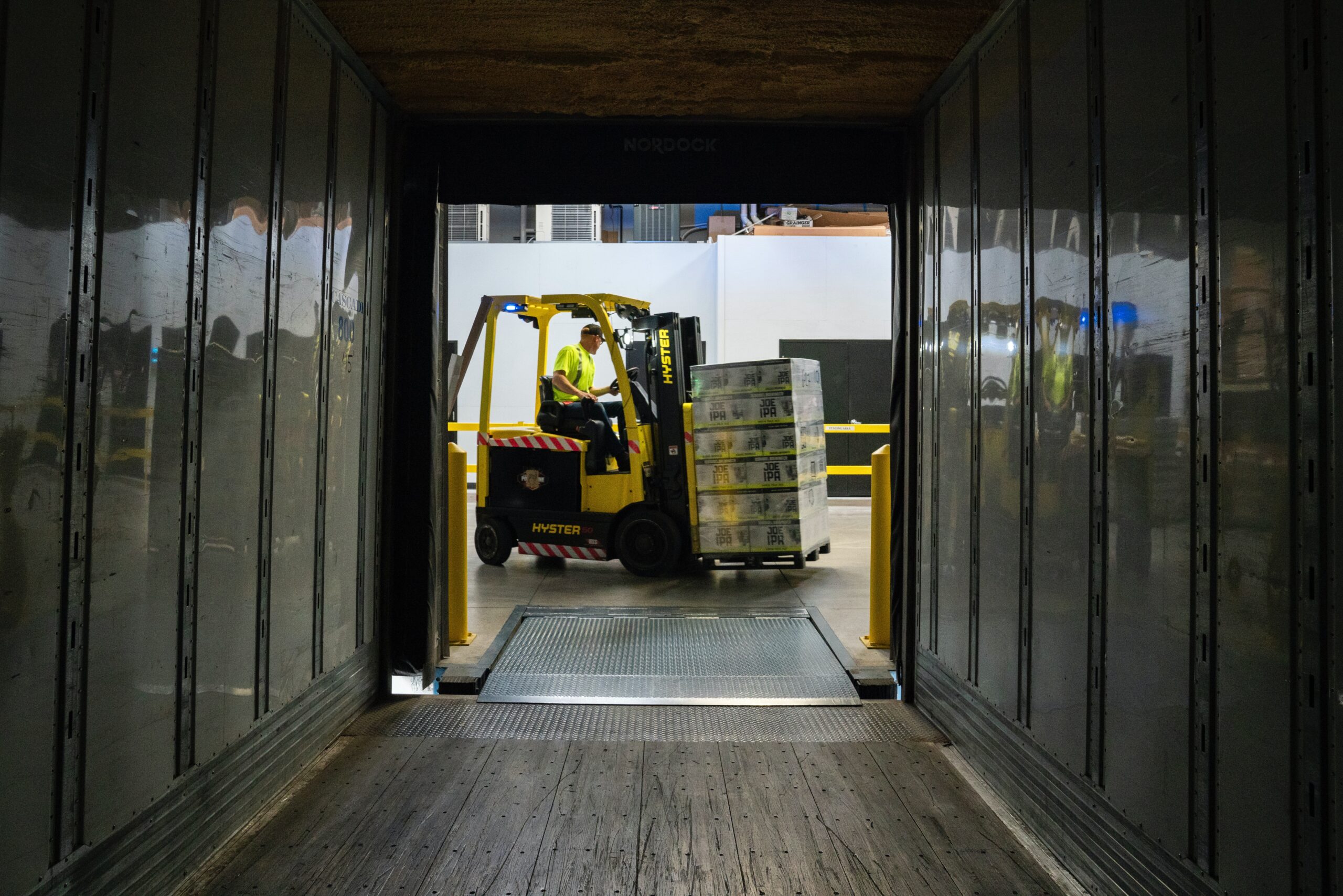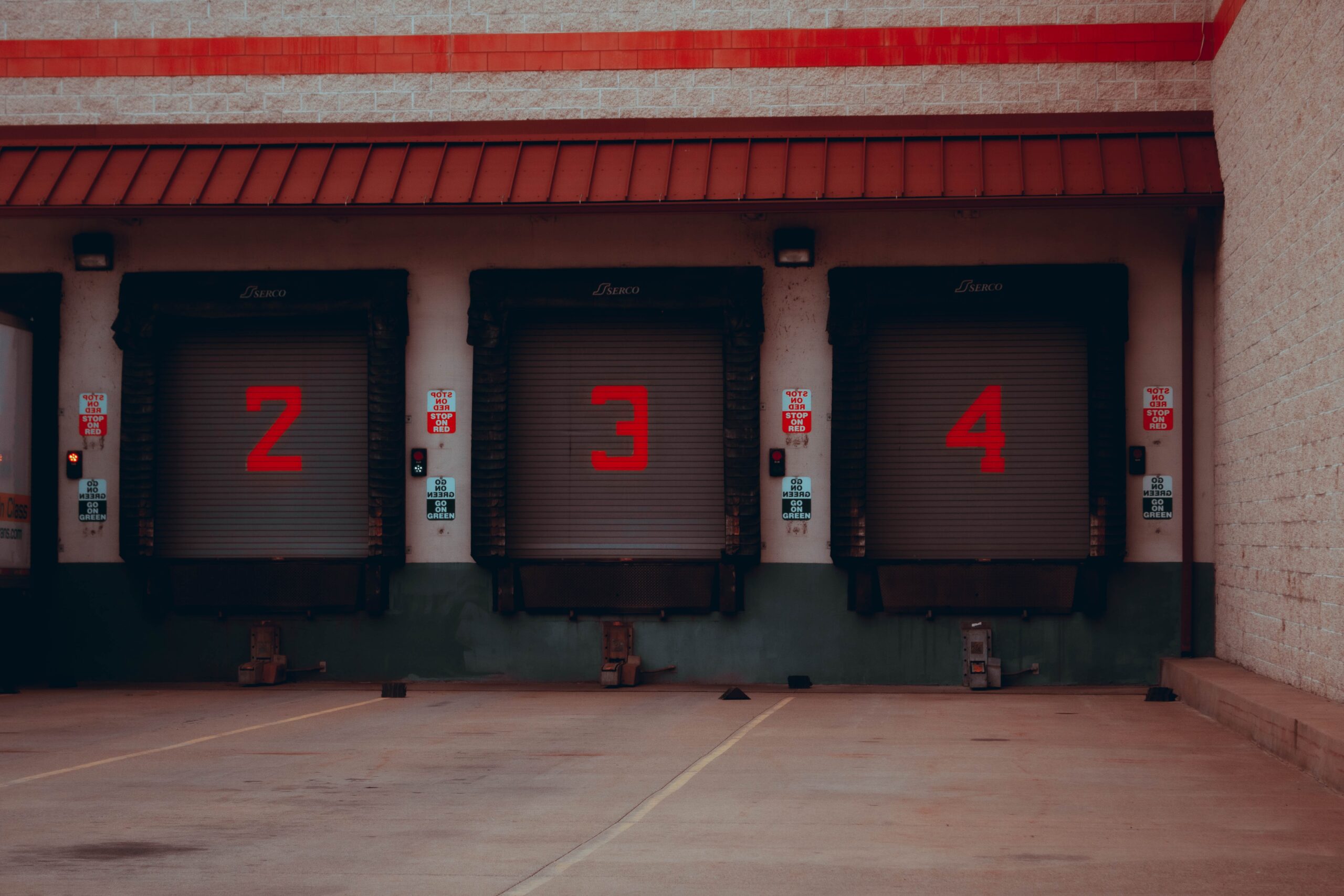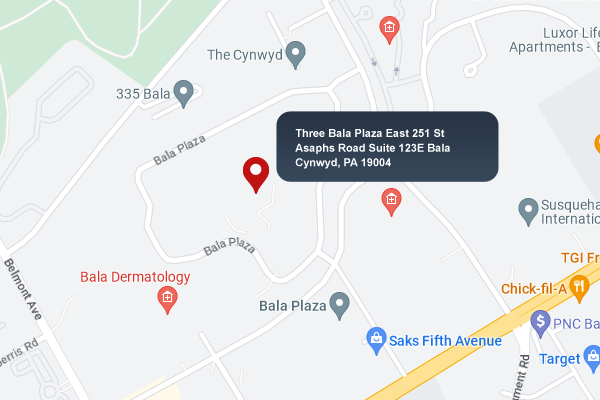LTL vs. FTL: Choosing the Right Freight Option for Your Business

As brands scale and optimize their domestic logistics, trucking from import ports to their warehouse destinations, the decision between Less Than Truckload (LTL) and Full Truck Load (FTL) transportation becomes crucial. Brands often lean towards FTL to fulfill bigger orders, while finding LTL more suitable for frequent small orders. At Linton, we help our clients make informed choices considering shipment size, product type, lead time standards, and cost to ensure the most practical and cost-effective method is utilized. For those who are unfamiliar with LTL and FTL, here is a brief description in simplest terms: LTL is when a shipment shares trailer space with other shipments, and FTL is when one singular shipment occupies an entire trailer.
Each method of transportation has its unique advantages and disadvantages. When it comes to choosing which method to use, brands need to take multiple things into consideration. These include but are not limited to: shipment size, product type, lead time standards, and cost. At Linton, we work alongside our clients to ensure that the most practical and cost effective method of transportation is being utilized.
Full Truck Load (FTL)
FTL is more common among brands who fulfill their orders with bigger shipments that tend to weigh over 15,000 pounds, or take up over 3,000 cubic feet. Brands who utilize FTL usually have a longer replenishment cycle as well, due to having a larger inventory capacity. This method is cost effective in comparison to utilizing multiple LTL shipments as unit cost is lower. FTL utilizes a direct route to the final destination as there is only one shipment within the trailer. Since there is only one stop and one shipment, FTL tends to have much shorter lead times than LTL. Quality standards are higher with FTL too, since the product is isolated. Another factor that contributes to a higher quality standard is that the freight is only loaded and unloaded once, meaning there is less opportunity for the shipment to be damaged during handling.
Less Than Truckload (LTL)
LTL is common among brands that utilize frequent small shipments for their smaller replenishment orders. These shipments can range from as small as 150 pounds up to over 15,000 pounds, and can be as small as a few cases to over 3,000 cubic feet as well . When shipments are on the larger end but not quite the size of a full trailer, brands need to assess the cost of both LTL and FTL as it may be more cost effective to utilize FTL and have some empty space in the trailer. LTL differs from FTL in regards to cost as brands only pay for the space they use. Overall, it can be cheaper, but unit cost is higher in comparison to FTL. While LTL is ideal for small shipments, there are setbacks in regards to the handling process.
Potential Setbacks of LTL
The two main setbacks of utilizing LTL are lead time and quality standards. Since there are multiple shipments, multiple stops are required.Not only does the transportation process tend to be longer, but the handling process is longer as well. When loading LTL shipments, brands rely on third parties to correctly load and unload their product alongside other shipments. This means ensuring that shipments are placed into a trailer in the correct order to allow for a fast unloading process at each stop. If the order of shipments within a trailer is incorrect, additional handling is required as the entire trailer may need to be unloaded just to get a specific shipment out. This can lead to issues in quality as well, due to the shipment being handled on multiple occasions before it is able to reach its final destination.
There are even some rare instances in which goods can be left behind. Let’s say an LTL trailer was loaded in the incorrect order, which unfortunately happens more often than not, and the shipment at the first stop was placed in the front of the trailer. The entire trailer will need to be stripped, meaning that product will inevitably be scattered throughout the dock. In a perfect scenario, the operator handling the product should be able to get the correct shipment out, and then fix the order of the remaining shipments before sending the trailer to its next stop – this process can take an operator several hours and this is where product gets misplaced and left behind. Unfortunately, this is not always the case. The operator may put the shipments back in the same incorrect order in which they arrived, which leads to the same process being repeated at the next stop. Rearranging pallets for hours is a long and grueling process, and mistakes happen. Even if all of the products are put back onto a trailer in the correct order, there is no guarantee that a shipment wasn’t damaged in the handling process.
FTL or LTL?
Making the right choice is essential for ensuring quality and lead time expectations are met. After review, it may be worth it to pay slightly more for the utilization of FTL. At Linton, we work with our clients to identify the best option before making the crucial decision. We assist in identifying a reliable and cost effective freight solution and aid in assessing which method is the right choice for that specific shipment. With our comprehensive approach, your logistics operations are poised for success. Delivering seamless and efficient results every step of the way.
Linton offers full A-Z supply chain services. Whether it be sourcing, manufacturing, international or domestic logistics – we can help you accomplish your goals while saving you precious money. Interested to hear what we can do for you? If so, schedule a time to chat with our team.



